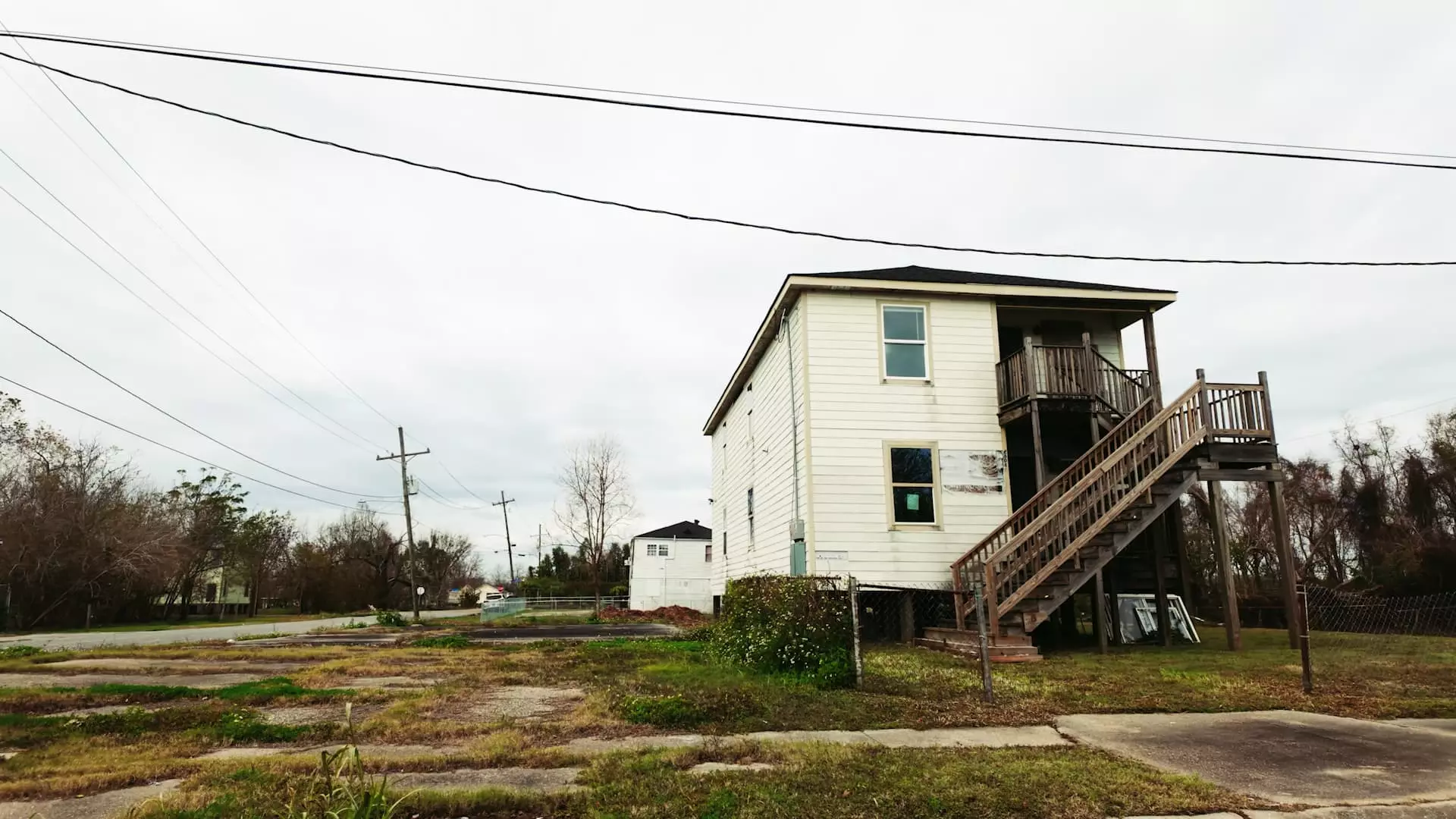New Orleans, a city renowned for its vibrant culture, deep history, and rich musical traditions, continues to grapple with the long-lasting effects of Hurricane Katrina, which struck in 2005. The devastation wrought by the storm reshaped the landscape of the city, flooding neighborhoods and damaging homes, while also profoundly affecting the residents who call New Orleans home. More than a decade later, the echoes of that catastrophic event still resonate throughout the community, prompting an exploration of the recovery process and the challenges that persist.
The figures surrounding Hurricane Katrina are staggering. With over 1,800 lives lost and millions displaced, it was a humanitarian crisis that shook the foundations of the city. Approximately 25% of New Orleans’ housing went abandoned, fundamentally altering its neighborhoods. This abandonment laid the groundwork for a volatile housing market that would rise dramatically in the years following the storm’s aftermath. Property values surged, particularly in areas like the Lower Ninth Ward, a locality hit hardest by the flooding. Longtime residents faced a double-edged sword: those who returned saw their property values soar, while many were still grappling with the trauma of loss and displacement.
The economic fallout did not only impact real estate. In the wake of the disaster, federal and state governments allocated over $9 billion for the “Road Home Program,” designed to assist those affected by the hurricane. However, the program faced significant backlash for its opaque and complicated framework, which disproportionately disadvantaged low-income families. Critics pointed out that compensation focused on pre-storm property values instead of the actual damages, resulting in unfair financial settlements that left many without the means to rebuild.
As homeowners began the arduous task of reclaiming their lives and properties, the shifting dynamics of New Orleans’ real estate market became apparent. Data indicate that home prices in parts of the city have skyrocketed, with increases of nearly 71% in the greater metro area and 266% in hard-hit communities. Ironically, as certain parts of the city flourished, a stark divide emerged, leaving many lower-income residents in a precarious position. These statistics paint a vivid picture of a city in flux, where wealth disparities have widened, and the socio-economic landscape has been forever altered.
While some communities are witnessing economic resurgence, the city’s overall population hasn’t fully rebounded from the pre-Katrina numbers. As local populations remain stagnant, New Orleans faces increasingly pressing financial issues, exacerbated by rising housing costs and stagnating incomes. As officials scramble to address the growing disparity, the challenge extends beyond real estate — it requires an overarching strategy that includes comprehensive care for low- and middle-income citizens who played a pivotal role in maintaining the identity of New Orleans before the disaster.
As New Orleans continues to rebuild, it has invested significantly in improving its infrastructure with regard to storm protection. The federal government and the state of Louisiana have allocated around $15 billion for rehabilitating drainage systems, water pumping stations, and levees in hopes of shielding the city from future storms. Nonetheless, these interventions have not been without controversies. Some elements of the infrastructure projects have inadvertently contributed to land subsidence—an ongoing issue compounded by climate change and environmental degradation.
Despite these challenges, advocates for the city highlight the economic benefits derived from investing in modernized storm protection systems. According to officials, for every dollar spent on these enhancements, New Orleans gains $7 in benefits. This perspective emphasizes the need for long-term solutions that can bolster the economy and community resilience against natural disasters.
The journey to recovery for New Orleans is far from over. While rebuilding efforts continue and the city adapts to new realities, the interplay of social equity, economic resilience, and sustainable urban planning must be at the forefront of future endeavors. By addressing the legacy of Hurricane Katrina with sensitivity and thoughtful policy-making, New Orleans has the potential to transform itself into a model for resilience—a vibrant testament to the spirit of its people, characterized not only by its struggles but also by its triumphs in the face of adversity. An inclusive recovery that prioritizes all residents will be crucial in ensuring that the lessons learned from the past pave the way for a more equitable future.

Leave a Reply